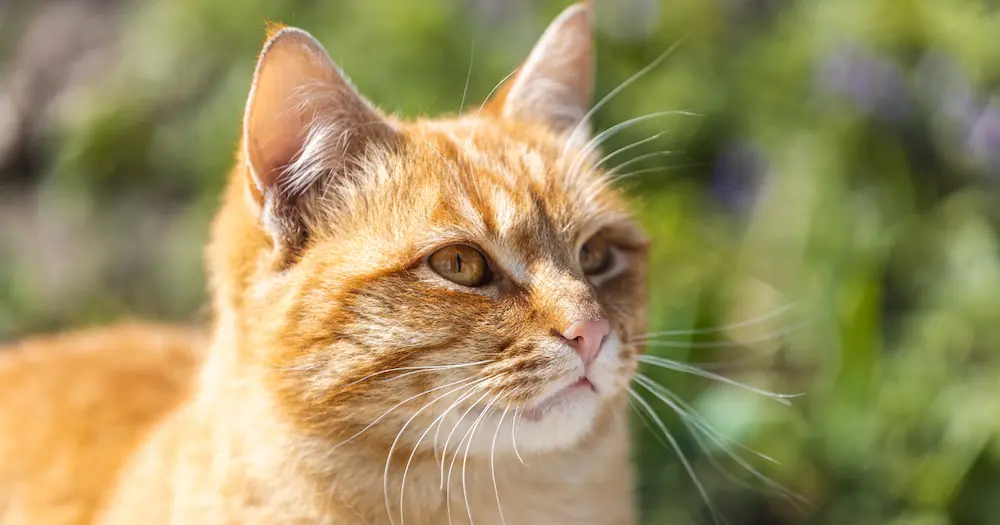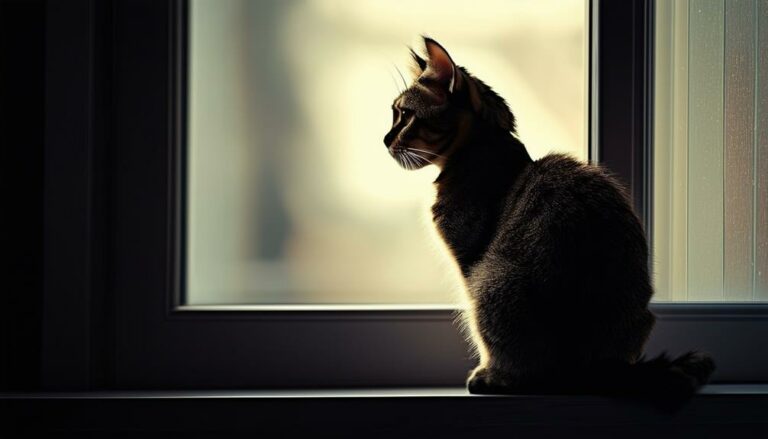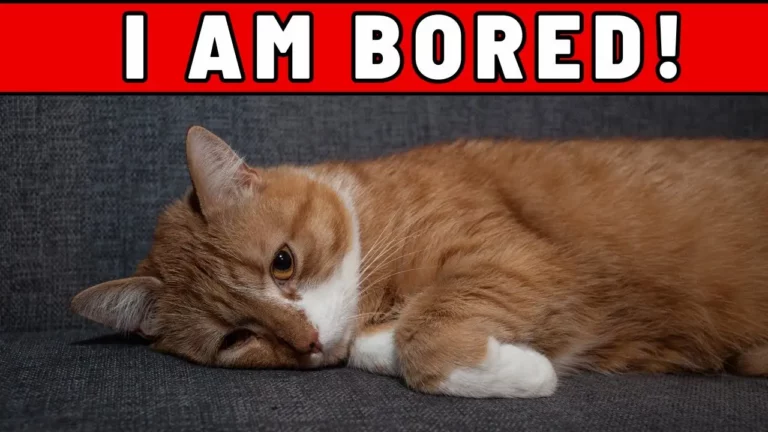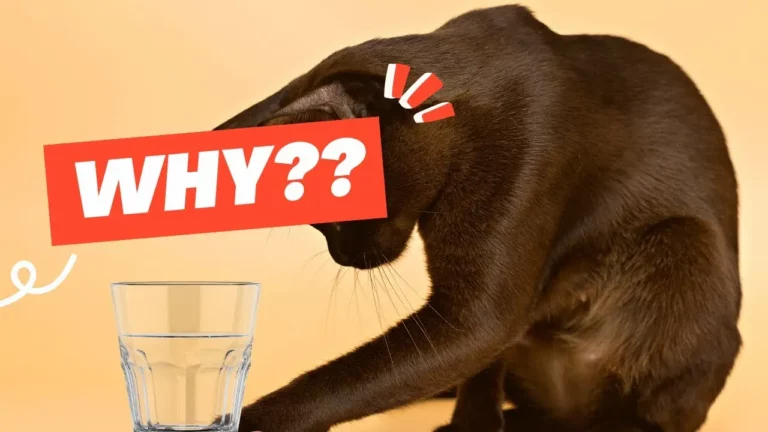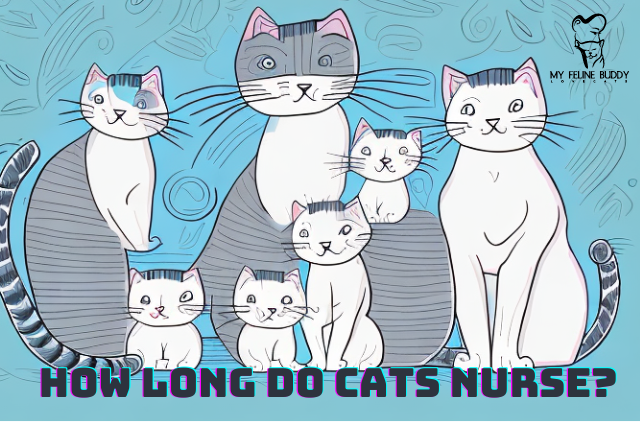Why Do Cats Do Airplane Ears? Meaning, Signs & Risks explained
Ever noticed your
Those are airplane ears, one of those quirky
Their expressive ears do more than just hear; they’re key to understanding how our furry friends feel.
So, let’s explore what’s behind this peculiar ear position and what it tells us about our cats’ well-being and moods.
What Are Airplane Ears In Cats?
When I’m hanging out with my feline friends, I’ve always been fascinated by their expressive body language, especially the curious case of what’s playfully termed “airplane ears.”
This distinctive posture, where a
At its core, airplane ears in cats are more than just a quirky posture; they’re a profound display of emotion and instinct.
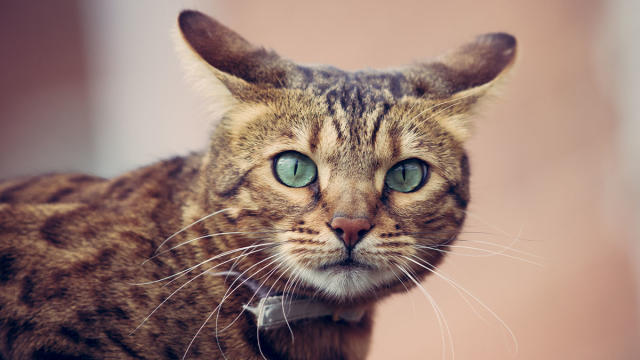
Unlike humans, cats have a wide range of ear movements, with the ability to rotate their ears up to 180 degrees.
This incredible flexibility allows them to pick up sounds from various directions, a feature that plays a significant role in their survival and interaction with the environment.
The phenomenon of airplane ears serves multiple purposes. For starters, it’s a clear indicator of a
I’ve noticed it’s a sign for me to take a step back and assess what might be troubling my
Yet, it’s not just about emotions.
Airplane ears can also indicate health issues, such as ear infections or the presence of ear mites. Both of these cause discomfort and can lead a
Given these health concerns,
Why Do Cats Do Airplane Ears?
When it comes to
It’s vital to understand that cats use their bodies to communicate, and their ears are a significant part of this non-verbal language.
When a
Typically, this occurs in situations where the
It’s their way of saying, “I’m not too happy right now.â€
In a playful context, airplane ears can signal excitement or slight irritation.
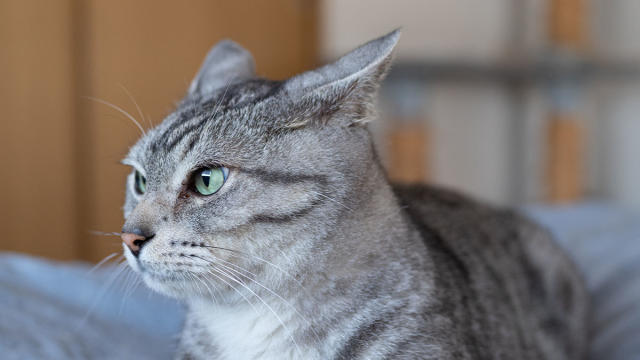
Cats are complex creatures, and their mood can swing based on their environment or how they’re engaged.
When they’re chasing a toy or engaging in rough play with a fellow furry friend, they might briefly exhibit this ear position as part of their exaggerated body language used during play.
There’s also a health dimension to consider. Airplane ears that are prevalent or accompanied by other symptoms like scratching, head shaking, or a bad odor might suggest ear infections or the presence of ear mites.
Such health issues could cause significant discomfort, prompting a
What Ear Movements Signalize Infections In Cats?
When I’ve observed my cats over the years, one thing I’ve noticed is that ear movements can be telling signs of various health issues, including infections.
One key behavior I’ve seen is persistent scratching or pawing at the ears. This action often indicates discomfort, possibly due to an ear infection.
Another sign is when a
An interesting fact I learned is that ear infections in cats aren’t always visible to the naked eye.
But, if your
These signs, coupled with the more immediate behaviors of scratching and shaking, form a pattern that shouldn’t be ignored.
Here’s a rundown of the key signals:
Addressing these signs early on by consulting a veterinarian can prevent further complications, such as worsening of the infection or even hearing loss.
It’s fascinating how much one can infer about a
Wrapping Up
Understanding what our furry friends are trying to tell us through their ears isn’t just about bonding—it’s a crucial part of keeping them healthy.
Remember, those adorable airplane ears might be more than just a cute pose; they could be a cry for help.
So, let’s stay vigilant and ensure our cats are not only happy but healthy too. After all, a little observation can go a long way in preventing serious health issues down the line.
Here’s to many more years of joy and companionship with our whiskered pals!
